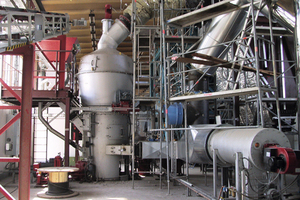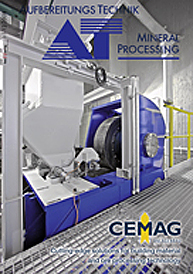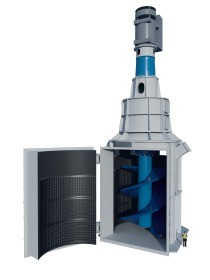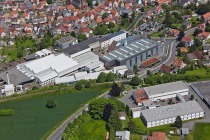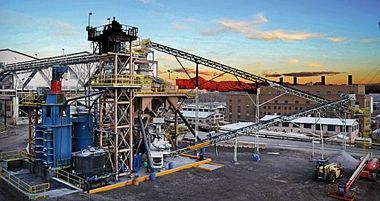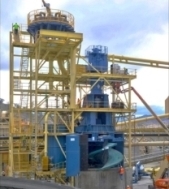Fine grinding of industrial minerals
Industrial minerals are used in far more applications than fillers and white pigments and have become important for a large number of hightech products. One example is the growing industrial requirement for rare earths. At the present rate of exploitation worldwide deposits will remain available for several hundred years. It is above all the demand for catalytic converters, rechargeable batteries, applications in the glass and ceramic industries and high-power magnets that is fuelling the worldwide requirement and pushing up the prices for the coveted raw materials. However, this equally applies to other industrial minerals. The methods of preparing and processing these minerals differ greatly and essentially depend on the purity of the raw material and on the fineness requirements. Fine grinding is a process stage that is necessary for all industrial minerals, some of which have to be ground to the submicron range. The following contribution provides an overview of the important industrial minerals, their manufacturing processes, the fineness requirements and the processes employed for dry and wet grinding.
1. Overview of industrial minerals
As yet, no generally valid definition exists for industrial minerals. Not only rare earths but also ilmenite/rutile used as basic material for titanium dioxide are placed in this category because metal extraction is not the primary aim, like it is in the case of metalliferous ores. However, the industrial minerals used in the building materials industry, such as gypsum, limestone, sand and gravel are excluded. Refractory minerals, fuels, fertilizers and salts are also outside the scope of this article. What remains is a group of around 20 important inorganic,...

